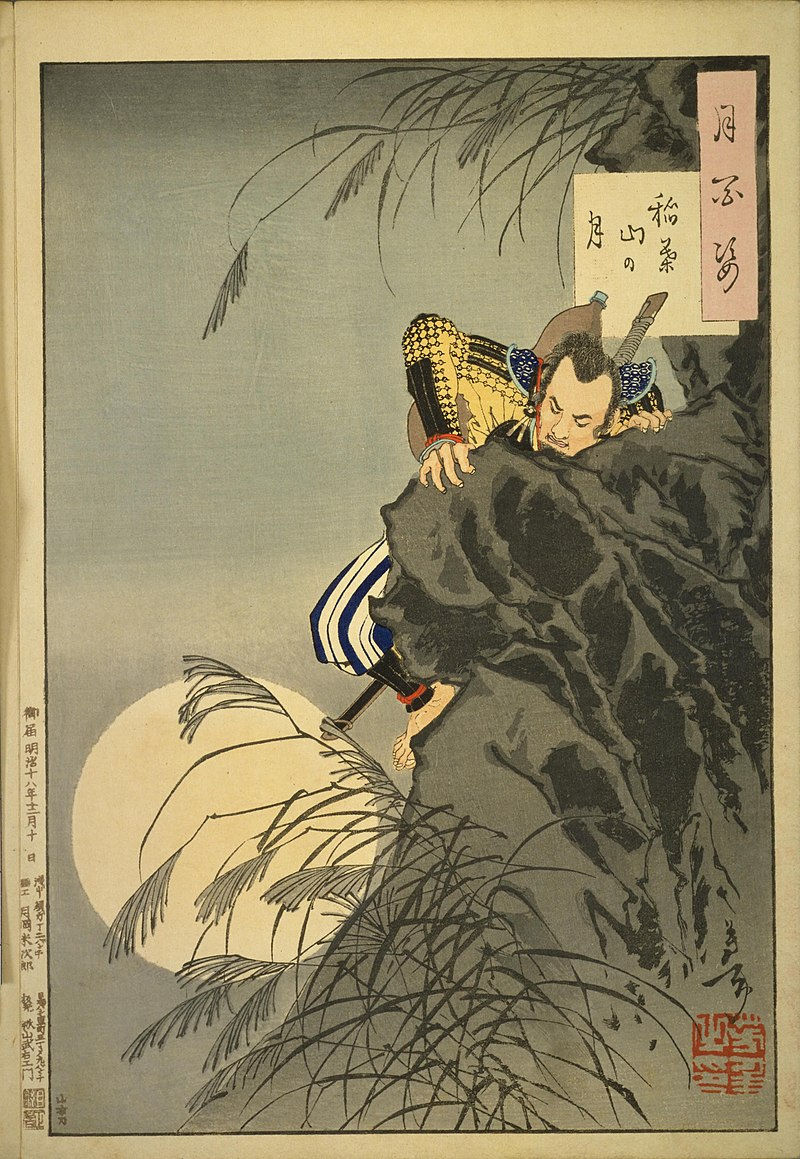Osaka
- 2304583d
- Aug 4, 2024
- 3 min read

Osaka (大阪市), known historically as Naniwa, has a rich history that spans several centuries, playing a pivotal role in Japan's economic and cultural development. Its significance as a major economic center, particularly during the Edo period when it became the hub of the rice trade, is a crucial aspect of its history.
Early History
Ancient Times:
Naniwa: The area that is now Osaka was known as Naniwa in ancient times. It was an important port and political center as early as the 5th century.
Naniwa Palace: Naniwa served briefly as Japan’s capital in the 7th and 8th centuries, with the Naniwa Palace being the residence of the emperors.
Medieval Period:
Trade and Commerce: During the medieval period, Osaka continued to thrive as a commercial hub due to its strategic location on the Seto Inland Sea, facilitating trade and commerce between various parts of Japan and with the Asian continent.
Sengoku and Azuchi-Momoyama Periods
Ishiyama Hongan-ji:
In the 16th century, the temple fortress of Ishiyama Hongan-ji in Osaka became a center of power for the Ikkō-ikki, a group of militant Buddhist monks. The fortress was a significant obstacle to Oda Nobunaga's efforts to unify Japan.
Nobunaga eventually besieged and destroyed Ishiyama Hongan-ji in 1580.
Toyotomi Hideyoshi:
Osaka Castle: After the destruction of Ishiyama Hongan-ji, Toyotomi Hideyoshi, one of Nobunaga’s generals and his successor, built Osaka Castle in 1583. The castle became a symbol of Hideyoshi's power and the political center of Japan.
Economic Hub: Hideyoshi’s establishment of Osaka Castle transformed the city into a bustling economic and political center, laying the foundation for its future prosperity.
Edo Period (1603–1868)
Center of Commerce:
Economic Importance: During the Edo period, Osaka emerged as Japan’s economic hub, often referred to as the “nation’s kitchen” (天下の台所, tenka no daidokoro).
Rice Trade: The Dojima Rice Exchange was established in Osaka in the early 18th century, becoming the central market for rice, Japan’s staple food and a key economic commodity. The exchange was the world's first futures market, where rice merchants could trade rice certificates rather than the physical product.
Merchant Culture:
Wealthy Merchants: Osaka’s prosperity was driven by a class of wealthy merchants who engaged in various businesses, including banking, shipping, and retail. These merchants played a significant role in the city's economic and cultural life.
Cultural Flourishing: The city became a cultural center, with thriving theater (bunraku and kabuki), literature, and the development of unique culinary traditions.
Meiji Period and Modernization (1868–1912)
Industrialization:
With the Meiji Restoration and the opening of Japan to the West, Osaka rapidly industrialized, becoming a major center for manufacturing and modern industry.
The city expanded its infrastructure, including the construction of railways and modern ports, further cementing its role as a commercial and industrial powerhouse.
Economic Hub:
Osaka continued to be a critical economic center, attracting businesses and industries. It became home to many of Japan’s leading companies and financial institutions.
20th Century to Present
World War II and Reconstruction:
Osaka was heavily bombed during World War II, leading to significant destruction. However, the city was quickly rebuilt in the post-war period.
Economic Recovery: Osaka played a vital role in Japan’s post-war economic recovery, continuing to be a key industrial and commercial center.
Modern Osaka:
Today, Osaka remains one of Japan’s largest and most important cities. It is known for its vibrant economy, cultural attractions, and status as a major transportation hub.
The city hosts numerous international events and has a thriving tourism industry, attracting visitors with its rich history, modern attractions, and culinary scene.
Osaka's history as the center of Japan’s economy and the rice trade is a testament to its strategic importance and the entrepreneurial spirit of its people. From its early days as a port city to its peak as the “nation’s kitchen” during the Edo period and its modern role as an industrial and commercial giant, Osaka has played a crucial role in shaping Japan’s economic landscape.





コメント